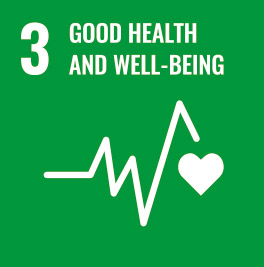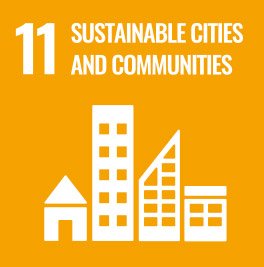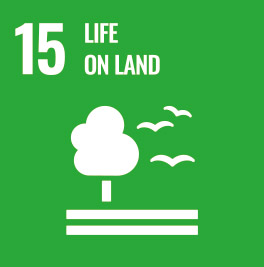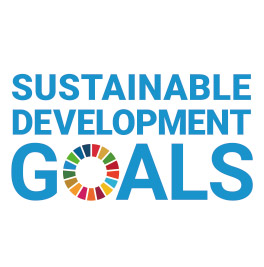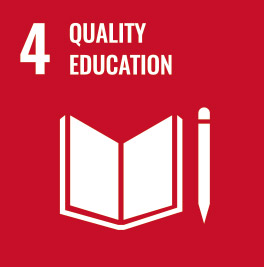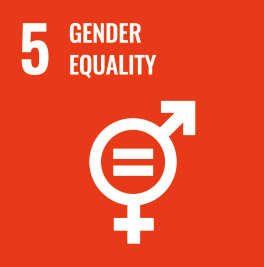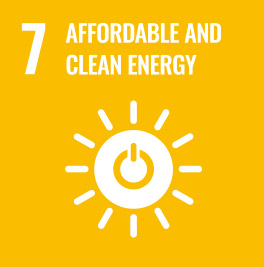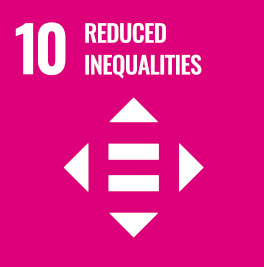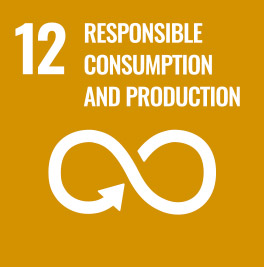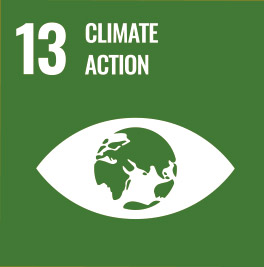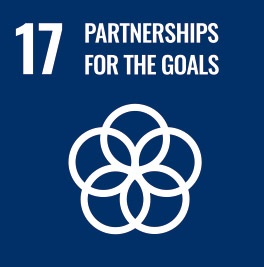NCKU Study: Asthmatic Children with More Exposure to Green Spaces and Less Air Pollution Have Healthier Nasal and Gut Microbiome
The team pointed out that past studies have found differences in the microbiomes of the nasal cavity and gastrointestinal tract between asthmatic children and healthy children, but there is limited scientific evidence regarding the factors that cause changes in the nasal microbiome of children. Furthermore, there is even less research globally on the relationship between the nasal and gut microbiomes of asthmatic children and environmental exposure. The team's research provides valuable scientific data in this area.
The research findings have been published in two prominent international journals: "Environmental Research" in the article titled Residential Greenness and Air Pollution's Association with Nasal Microbiota Among Asthmatic Children ( Full content ), and "Ecotoxicology and Environmental Safety" in the article Environmental Exposures Related to Gut Microbiota Among Children with Asthma: A Pioneer Study in Taiwan. ( Full content )
The team members include Aji Kusumaning Asri, an Indonesian PhD student from NCKU's Department of Geomatics, Professor Tsung-lin Liu (Scopus) from NCKU's Department of Life Sciences, Dr. Chih-Yao Wang, Director of the Children's Hospital at China Medical University, Researcher Hui-Ru Tsai from the Institute of Population Health Sciences at the National Health Research Institutes, Professor Wen-Chi Pan from the Institute of Environmental and Occupational Health Sciences at National Yang Ming Chiao Tung University, and Assistant Professor Hsiao-Yun Lee from the Department of Leisure Industry and Health Promotion at the National Taipei University of Nursing and Health Sciences.
Professor Chih-Da Wu's team has been conducting long-term research on Geospatial Artificial Intelligence (Geo-AI). Through methods such as big data collection and intelligent computing, they can accurately estimate local air pollution levels even without actual observational data. This new technology, combined with Taiwan's National Health Insurance database, allows for a detailed understanding of the impact of air pollution on health.
The team explained that the study involved collecting nasal and gastrointestinal samples from around 50 asthmatic children. Using satellite imagery, they analyzed the distribution of green spaces near the children's residences and combined this with high-resolution air pollution data. The results showed that the more severe the air pollution near a child’s home—and the higher the exposure to pollutants such as nitrogen dioxide, ozone, and PM2.5—the poorer the diversity of the nasal and gut microbiomes. In such environments, harmful bacteria like Streptococcus were found in greater numbers, while beneficial bacteria were significantly reduced.
The study also observed that the amount of green space near a child's home influences their microbiome. It found that asthmatic children living in areas with more surrounding greenery tended to have healthier nasal and gut microbiomes. This suggests that long-term exposure to green spaces may contribute to the healthy development of microbial communities in both the nasal cavity and gastrointestinal tract.
Professor Tsung-lin Liu noted that many factors can influence the composition of nasal and gut microbiomes in children. While air pollution and green space are part of the equation, other variables—such as age, gender, whether the family owns pets, the frequency of household cleaning, the presence of cockroaches, and whether the child has siblings—also play a role. However, by using questionnaires and statistical methods to control for these variables as much as possible, the study was able to clearly demonstrate a significant association between microbiome health and exposure to air pollution and green spaces.
Professor Chih-Da Wu stated that the impact of modern environmental factors and pollutants on children's health is receiving increasing attention, and the connection between gut microbiota and the immune system is a growing concern for many parents. Through this study, the research team hopes to raise public awareness of how air pollution and green space exposure affect children's health and to provide valuable insights for future environmental and public health policymaking.
Professor Chih-Da Wu stated that this research not only fills a critical gap in the understanding of the relationship between gut microbiota and environmental exposure in asthmatic children, but also provides a solid scientific foundation for environmental health policies and pediatric care. It highlights the research strength in environmental health, spatial information, and Geo-AI applications, offering both the academic community and the public a new perspective on the complex interactions between the environment and the human microbiome.
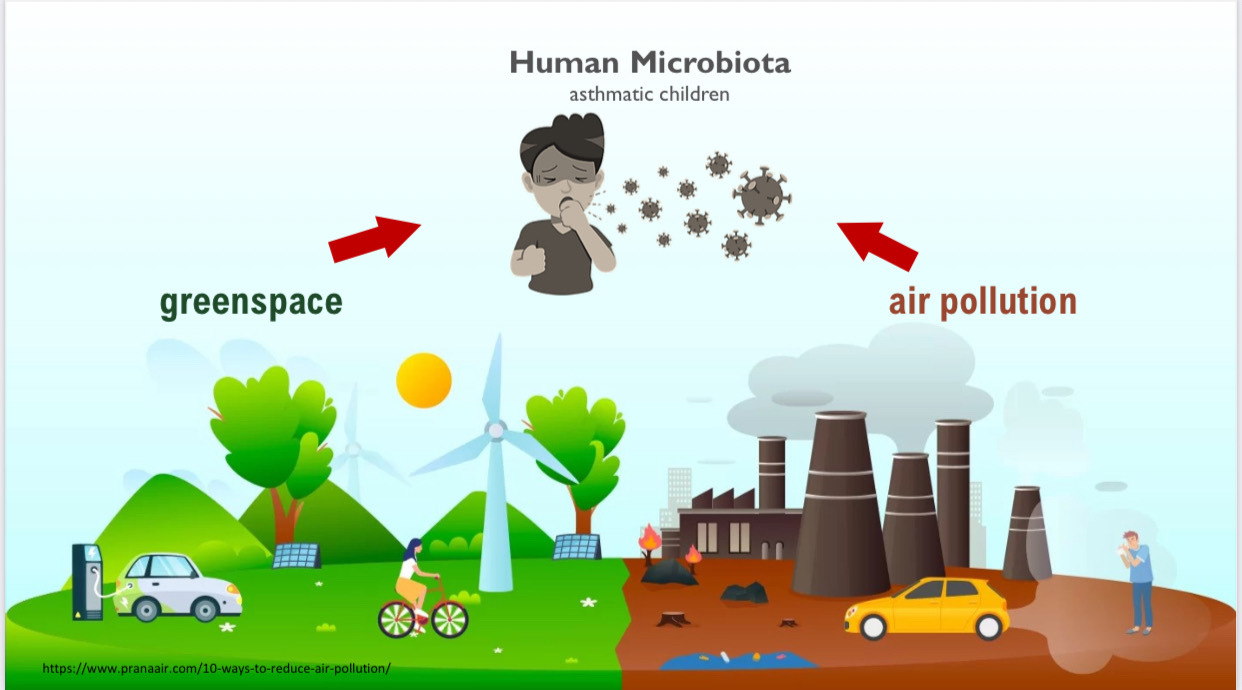
Air pollution and exposure to green spaces can impact the health of allergic children's nasal and gastrointestinal microbiomes.
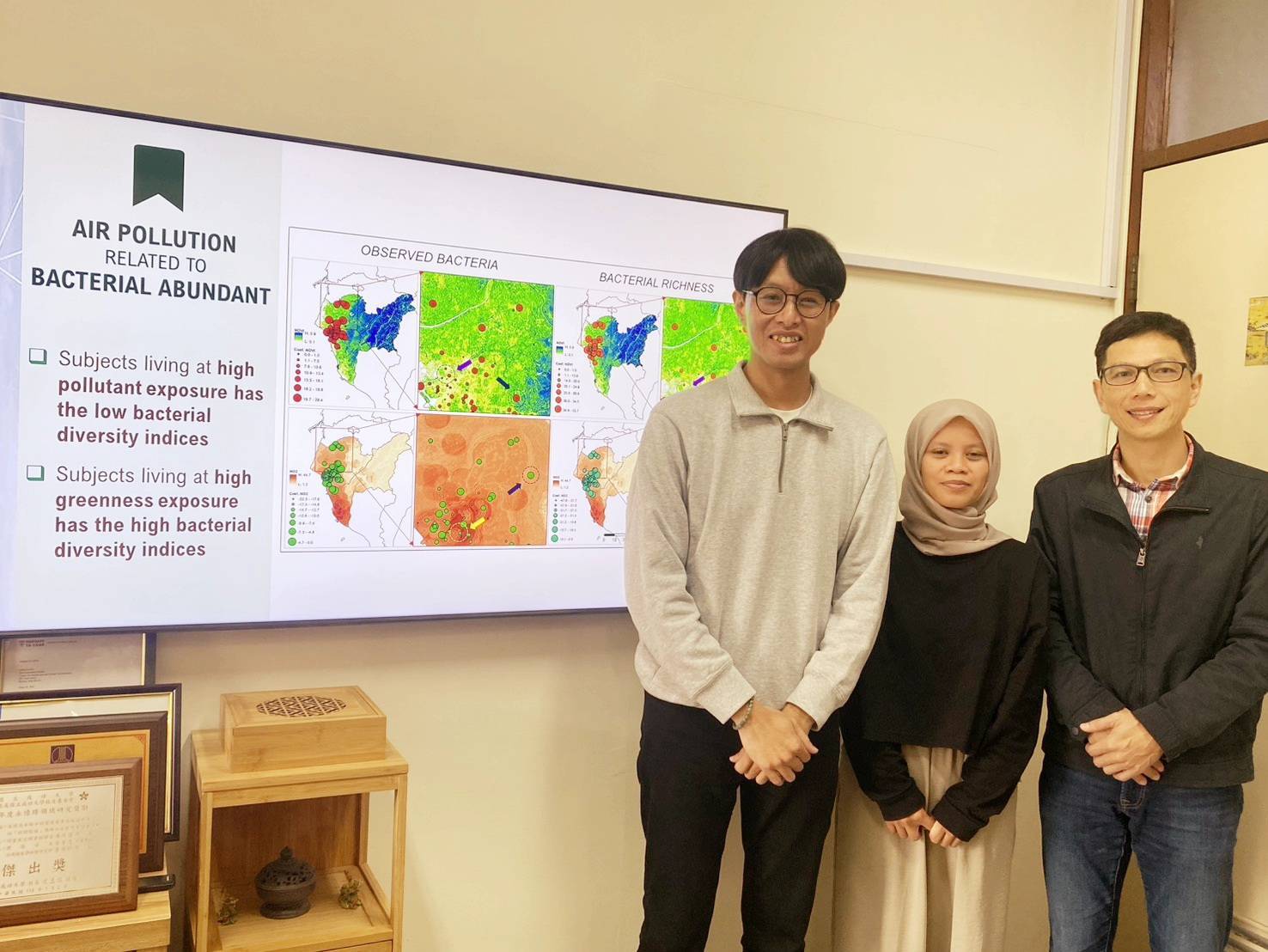
Professor Chih-Da Wu (left) from the Department of Geomatics at NCKU and his team have provided scientific evidence on the relationship between air pollution, green spaces, and the microbiomes in the nasal and gastrointestinal tracts of allergic children. In the image, Professor Tsung-lin Liu (right) from the Department of Life Sciences at NCKU, and Aji Kusumaning Asri (middle), a PhD student from the Department of Geomatics, are also featured.
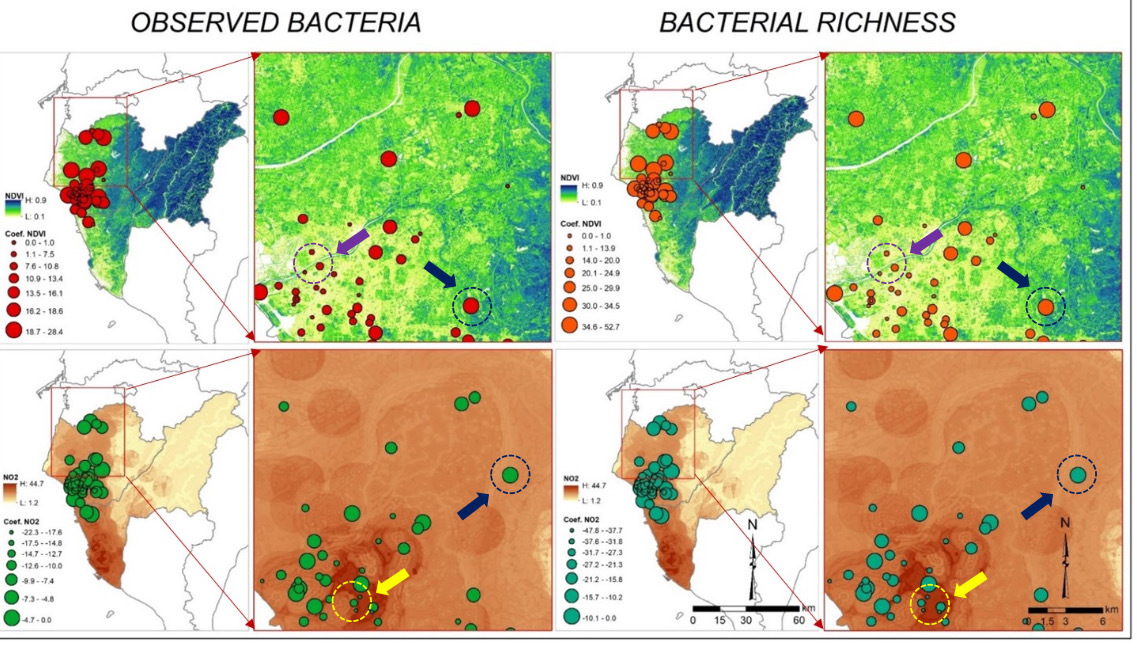
NCKU analyzed the environmental conditions, including green spaces and air pollution, near the homes of nearly 50 allergic children, revealing a direct impact on the microbiome ecology in their nasal and gastrointestinal tracts.
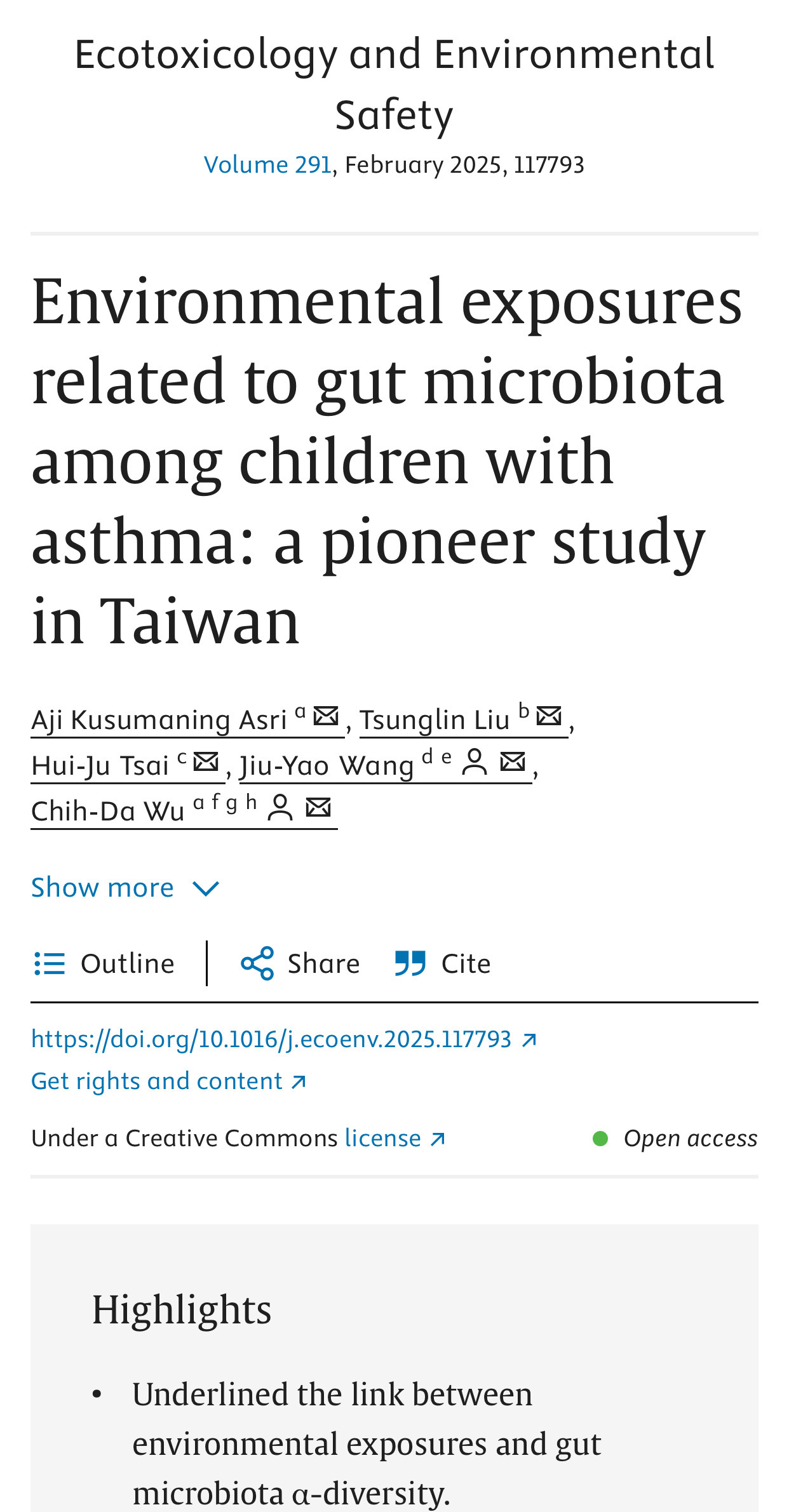
Professor Chih-Da Wu’s team from the Department of Geomatics at NCKU published their research on the impact of air pollution and green spaces on the nasal and gastrointestinal microbiomes of allergic children in a prominent international environmental journal.

SDG3NCKU teams up with local communities to introduce technology towards building a healthy city
View more
SDG3The "2024 NCKU and Chiayi Chang Gung Cooperation result presentation" successfully concluded.
View more


